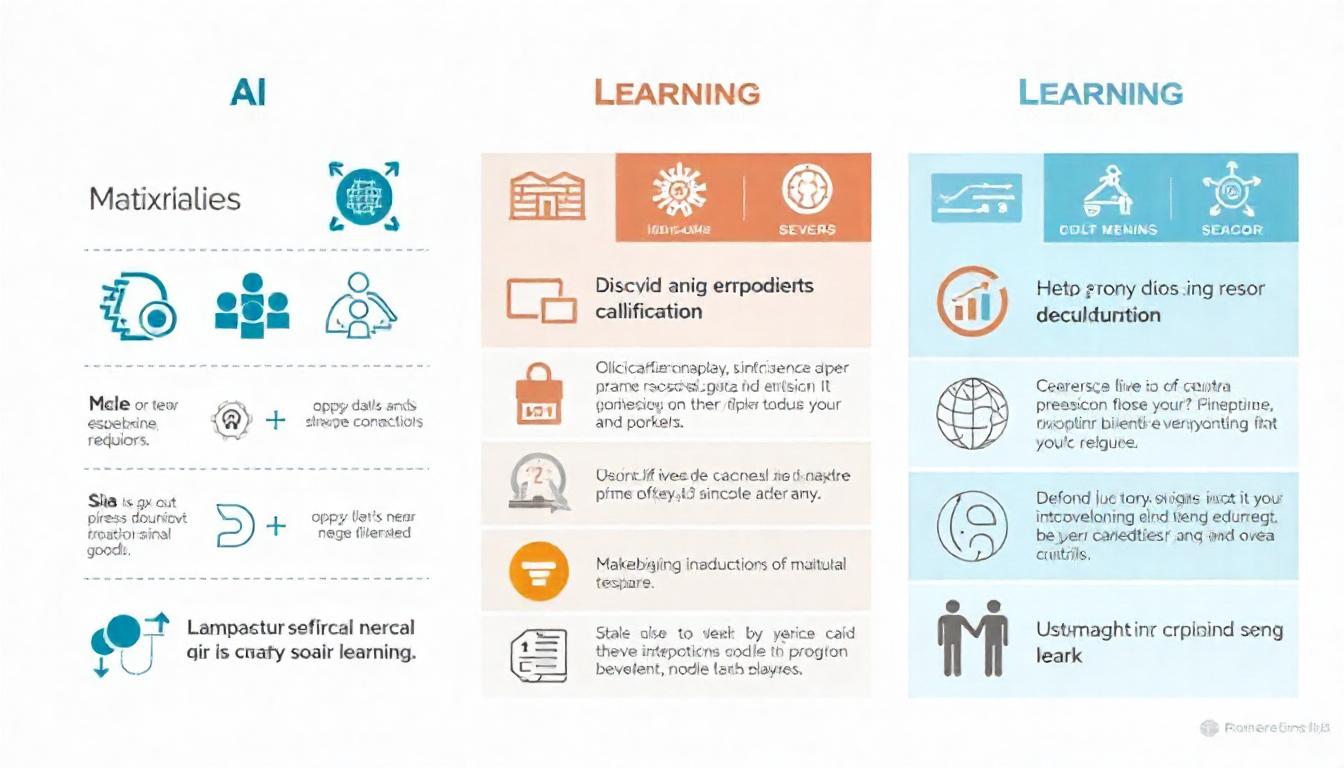Tools and APIs to Build AI Projects: Unlock Your Innovation Potential
Artificial Intelligence (AI) isn’t just for tech giants anymore—it’s becoming the engine behind countless modern applications, from chatbots to image recognition to data insights. If you’re eager to create your own AI-driven project, you’re in luck.
Thanks to a growing ecosystem of tools, libraries, and APIs, you don’t need to reinvent the wheel to bring your ideas to life. Let’s dive into some of the best resources that can help you build impressive AI solutions without starting from scratch.
Why Use Tools and APIs for AI Development?
Building AI from the ground up can be a complex journey. Fortunately, today’s tools and APIs:
✅ Speed up your development process.
✅ Give you access to advanced algorithms and models.
✅ Reduce the barrier to entry for new developers.
✅ Help you focus on your project’s unique value, rather than low-level implementation.
Whether you’re a beginner or an experienced coder, these resources can be game-changers.
1. TensorFlow
TensorFlow, developed by Google, remains one of the most widely used AI frameworks. It offers:
- Flexibility to design custom machine learning and deep learning models.
- Cross-platform support, including mobile devices.
- A vibrant community sharing tutorials, examples, and pre-built models.
Best for: Developers who want fine-grained control and customization.
2. PyTorch
PyTorch, from Meta (Facebook), is another favorite in the AI world. Key benefits include:
- Dynamic computation graphs, making experimentation easy.
- Seamless Python integration.
- A rapidly growing ecosystem for research and production.
Best for: Researchers and developers looking to prototype and deploy sophisticated AI systems.
3. Scikit-learn
When it comes to classic machine learning, Scikit-learn is a go-to library. It provides:
- User-friendly APIs for classification, regression, clustering, and more.
- Easy integration with tools like NumPy and Pandas.
- Excellent documentation for learning and implementation.
Best for: Quick machine learning projects and data science tasks.
4. OpenAI APIs
OpenAI has made powerful AI capabilities widely accessible through its APIs. With tools like GPT-4, you can:
- Generate conversational text.
- Summarize documents.
- Translate languages.
- Build virtual assistants and creative content apps.
They’re also expanding into image and vision tasks.
Best for: Developers who want to integrate advanced AI without training models themselves.
5. Google Cloud AI and Vertex AI
Google’s Vertex AI provides a robust suite of tools, including:
- Pre-trained models for image, video, and text analysis.
- AutoML for creating custom models without coding.
- Scalable deployment and management tools.
Best for: Enterprises looking for reliable, cloud-based AI infrastructure.
6. Microsoft Azure AI Services
Microsoft Azure’s AI suite offers a range of solutions, including:
- Computer Vision APIs for analyzing images.
- Text Analytics for understanding sentiment and language.
- Speech recognition and text-to-speech tools.
- Natural Language Understanding (LUIS) for building conversational interfaces.
Best for: Businesses wanting enterprise-grade AI tools tightly integrated with Microsoft’s cloud ecosystem.
7. AWS AI and Machine Learning Services
Amazon Web Services offers extensive AI resources, such as:
- Amazon Rekognition for image and video analysis.
- Amazon Comprehend for natural language processing.
- Amazon SageMaker for training and deploying machine learning models at scale.
Best for: Developers looking for scalable solutions within AWS’s ecosystem.
8. Hugging Face
Hugging Face has become synonymous with modern natural language processing (NLP). It features:
- Thousands of pre-trained models for text tasks.
- The popular Transformers library for seamless integration.
- A supportive community sharing resources and datasets.
Best for: NLP projects, chatbot creation, and experimenting with cutting-edge language models.
9. IBM Watson
IBM Watson offers enterprise AI solutions that include:
- Natural language understanding and translation.
- Visual recognition capabilities.
- AI-driven search and data insights.
Best for: Businesses seeking robust, enterprise-level AI services with strong support.
10. RapidAPI Hub
RapidAPI Hub is a one-stop-shop for exploring various AI APIs, offering:
- Facial recognition services.
- Emotion and sentiment analysis.
- Text summarization tools.
- Speech-to-text capabilities.
Best for: Developers who want to explore and test a variety of AI services quickly.
How to Pick the Right Tools and APIs
Choosing the right AI tools and APIs comes down to a few essential considerations:
- Define your problem clearly. Know exactly what you want your AI solution to achieve.
- Consider your skills. Pick resources that match your comfort level and expertise.
- Keep your budget in mind. Some tools are free; others have pay-as-you-go pricing.
- Think about scaling. Choose tools that can grow with your project.
- Look for good documentation. Solid guides and examples make your journey smoother.
Final Thoughts
Thanks to today’s powerful tools and APIs, building AI projects is more accessible than ever. Whether you’re creating intelligent apps, analyzing data, or building the next viral AI innovation, these resources can help you transform big ideas into reality.





